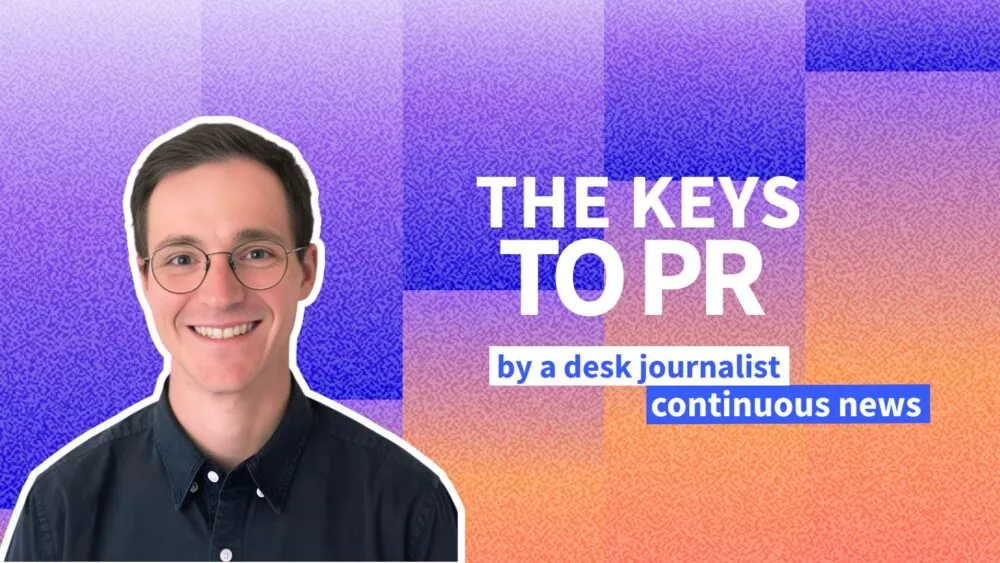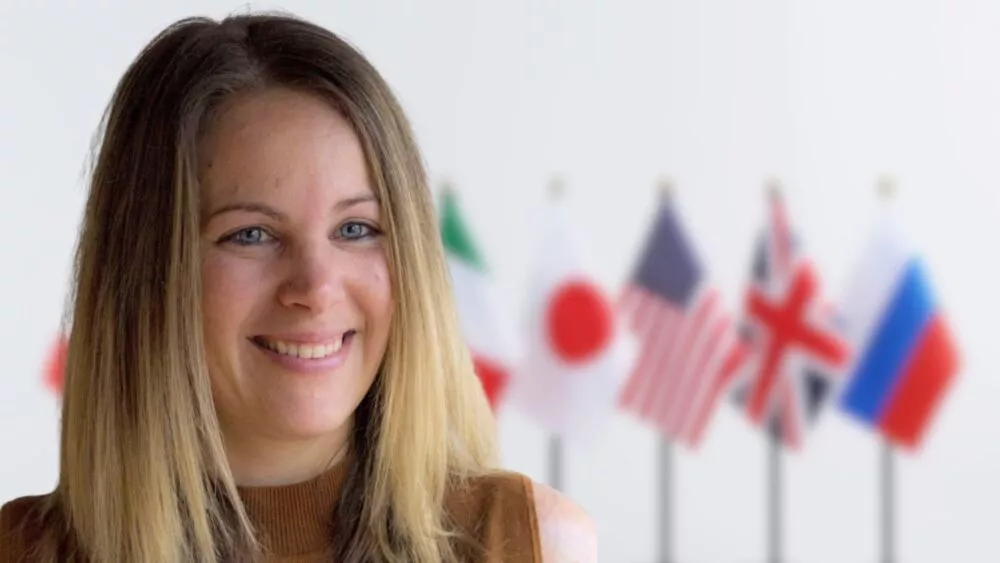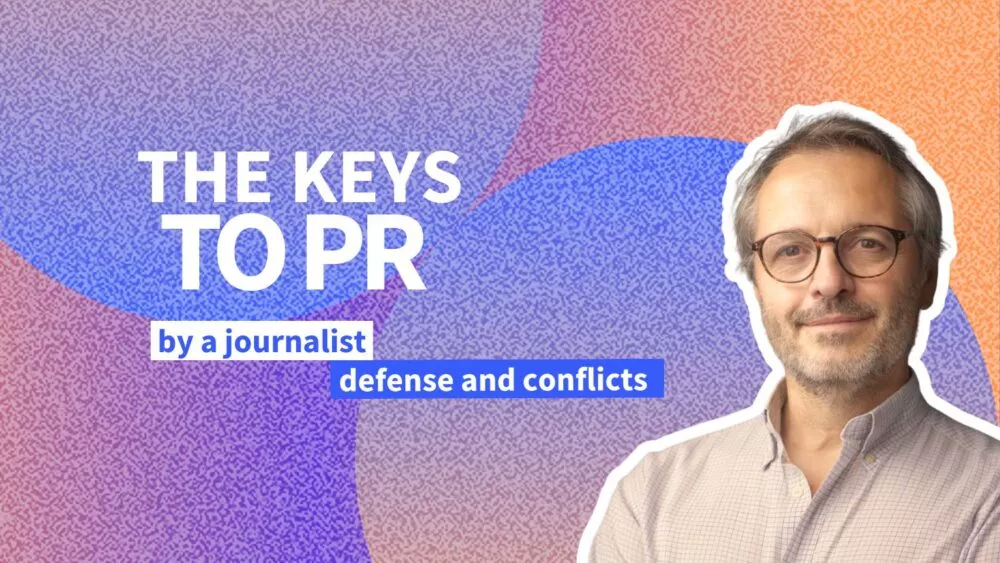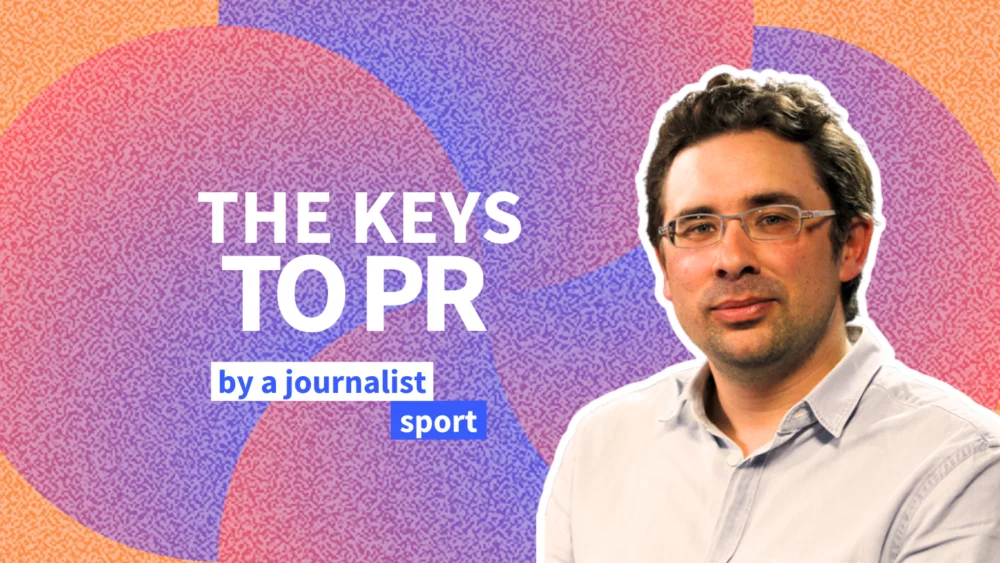Some draw a distinction between private and public communication. You’ve worked in both spheres. What’s your take?
I believe the fundamentals of the profession remain the same. In both cases, we use powerful communication tools in service of our organization’s strategy, and we measure the results of our actions with a constant in mind: the demand for efficiency. The techniques are similar, even if they serve different goals and sometimes different audiences.In the private sector, communication is mainly driven by business concerns. Any company offering a product or service must tailor its messages to audiences likely to find them relevant.
In contrast, in the public sphere, the goal is different: it’s mainly about informing people, explaining their rights and available programs, and building trust. Public communication targets all citizens, which means using broad channels and ensuring the message reaches even those who feel less concerned or are more disconnected from traditional media.
In your view, does the public sector bring specific demands, particularly in public relations?
To me, all communication professionals share a common concern: effectiveness measured through key performance indicators (KPIs).When it comes to dealing with journalists, the public sphere addresses matters of general interest, which creates very high expectations around transparency. By nature, public services are funded by French citizens. One of the communication duties is therefore to “account for” actions honestly—even admitting mistakes when necessary.
In media relations, you must be able to feed into debates with highly specialized journalists while also doing real educational work with more generalist reporters. We don’t (really) have the luxury of making mistakes, and a crisis can erupt quickly. If that happens, from a communications standpoint, you need to be reactive, respond to inquiries, explain, and take responsibility.
In a context of political instability, how can communication remain consistent? How can public trust be restored?
It’s essential to stick to the facts, not hide, not speculate, and tell things as they are.The credibility of public discourse relies on transparency, ethics, and honesty toward the public. To be very concrete, using simple and accessible language is key to making messages understandable for everyone. Beyond our role in communication, we have a duty to inform. Our actions must be seen through the lens of their public utility. To reconnect with citizens, we must be pragmatic, straightforward, avoid overly technical terms, and respond to the public’s real questions. Trying to just “push a message” or “insert talking points” quickly shows its limits.
To what extent does the public service framework impose specific constraints on your daily work?
From my experience, one of the complexities in the public sector involves procurement. The administrative work around public tenders is quite heavy, restrictive, and time-consuming. But that’s the rule—we know it, and we comply.Some people question the speed of decision-making. In my opinion, that doesn’t depend on the sector. It doesn’t matter whether you work in the public or private sphere—your ability to deploy enough assertiveness to convince your leadership or oversight bodies will make the difference.
In your opinion, what are the biggest current and future challenges for public sector communicators? How can they adapt to change?
The common challenge for all communication professionals is to explain what we do—our value and technical expertise. There’s sometimes a degree of distrust toward communication. We must constantly demonstrate that communication is an investment, not a useless expense. At a time when the state is seeking budget savings, efforts to optimize communication spending are legitimate. We must contribute to the collective effort. That said, it doesn’t stop us from proving our usefulness. At the risk of repeating myself, that’s why our actions must be measurable.Keeping up with constant change is also a real challenge for communicators. It requires ongoing professional development and training in new tools. There’s a lot of talk about artificial intelligence as a threat to our profession. I think we should embrace it smartly—for example, to draft press releases or monitor media coverage. Refusing to use AI is like refusing the internet a few years ago: it’s absurd.
Finally, disinformation has become one of our biggest challenges, which we share with the media. I believe public communicators have a real role to play, since this commitment is part of their mission to educate and inform. People like Olivia Pénichou, Director of Information and Communication at the Ministry of Defense, Carine Delrieu, Communications Director at INSERM, and Fabrice Hermel, Communications Director at the Bank of France—just to name a few—have made major strides in the fight against fake news for all their stakeholders, including internal ones. It’s a trend I’m increasingly seeing among our members, each in their own area.
What are the other major stakes of public communication, in your view? How do they play out in media relations?
The primary mission of public communication is to serve the public interest, by putting transparency, education, and proximity at the heart of its actions. It aims to strengthen the bond of trust between institutions and citizens: it informs, explains public policies, makes systems comprehensible, and encourages democratic debate.The media are powerful channels to carry these messages.
Read also :
- Fake news: the new strategic risk for companies
- GEO and PR: what strategy to be visible on AI engines?
- Héloïse Guillet (Be RP): "AI is a tool, not a magic wand"
- A press release, what's the point?







